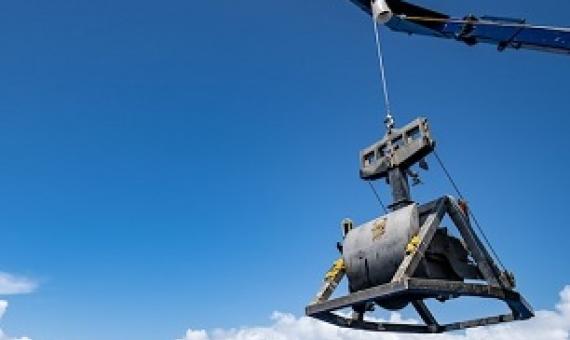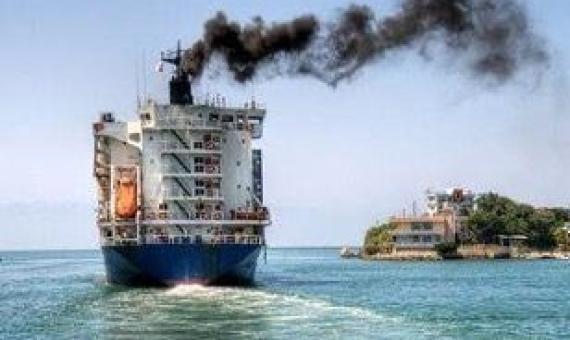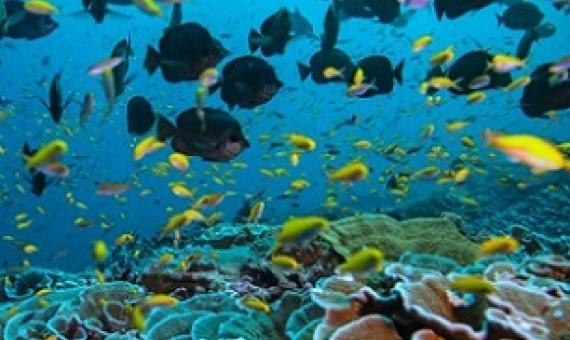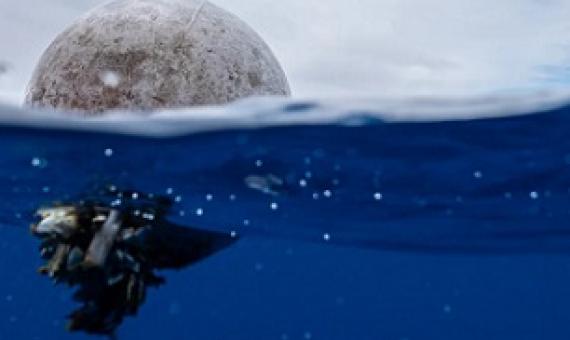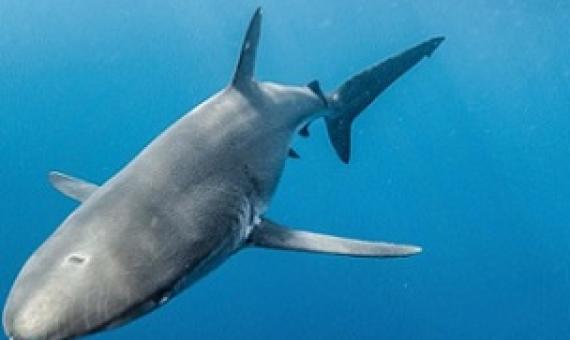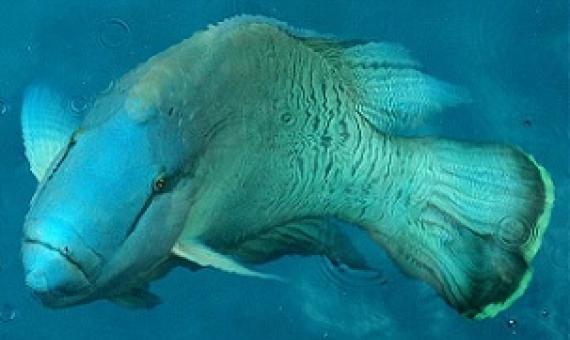A team of marine biologists and oceanographers from the University of California, the University of British Columbia, the University of Hawaii and the South Atlantic Environmental Research Institute, has found evidence suggesting that fish such as skipjack, yellowfin tuna and bigeye have be
A small team of zoologists, eco-scientists and biologists at Aarhus University, in Denmark, reports that slowing down cargo ships when they move through vulnerable areas could reduce their negative impact on marine life.
BEST AVAILABLE TECHNOLOGY (BAT) AND BEST ENVIRONMENTAL PRACTICE (BEP) FOR MITIGATING THREE NOISE SOURCES: SHIPPING, SEISMIC AIRGUN SURVEYS, AND PILE DRIVING
At least 150 marine species have shown impacts from ocean noise pollution, but it has been difficult to specify the exact scenarios where ecosystem and population consequences from underwater noise will occur. Therefore, managing this threat requires a precautionary approach.
National Geographic said it has launched a five-year Pacific Ocean expedition to investigate marine life and ecosystems, find new species and identify potential protected areas in some of the Earth’s most remote seas. The expedition aboard the ship E/V Argo embarked from Tahiti on Thursday.
Beyond Protection: Recognizing Nature’s Rights to Conserve Sharks
This paper blends conservation science with legal and policy analysis to assess the primary threats to global shark populations and explores innovative approaches to conservation building upon the philosophy of Earth law, including the Rights pf Nature legal framework.Call Number: [EL]Physical Description: 18 p.
Extent and reproduction of coastal species on plastic debris in the North Pacific Subtropical Gyre
We show that the high seas are colonized by a diverse array of coastal species, which survive and reproduce in the open ocean, contributing strongly to its foating community composition. Analysis of rafting plastic debris in the eastern North Pacifc Subtropical Gyre revealed 37 coastal invertebrate taxa, largely of Western Pacifc origin, exceeding pelagic taxa richness by threefold. Coastal taxa, including diverse taxonomic groups and life history traits, occurred on 70.5% of debris items.
Scientists have found thriving communities of coastal creatures, including tiny crabs and anemones, living thousands of miles from their original home on plastic debris in the Great Pacific Garbage Patch – a 620,000 square mile swirl of trash in the ocean between California an
A team of scientists has monitored the movement of 47 silky sharks (Carcharhinus falciformis) tagged with satellite trackers in the Galápagos Marine Reserve off Ecuador.
Synergistic use of UAV surveys, satellite tracking data, and mark‐recapture to estimate abundance of elusive species
Estimating population abundance is central to many ecological studies and important in conservation planning. Yet the elusive nature of many species makes estimating their abundance challenging. Call Number: [EL]Physical Description: 13 p.
A recent study shows that the Maml population in Palau has declined despite the total ban on the harvesting, possessing, and selling of Maml (Napoleon Wrasse) and Kemedukl (Bumphead Parrotfish).

